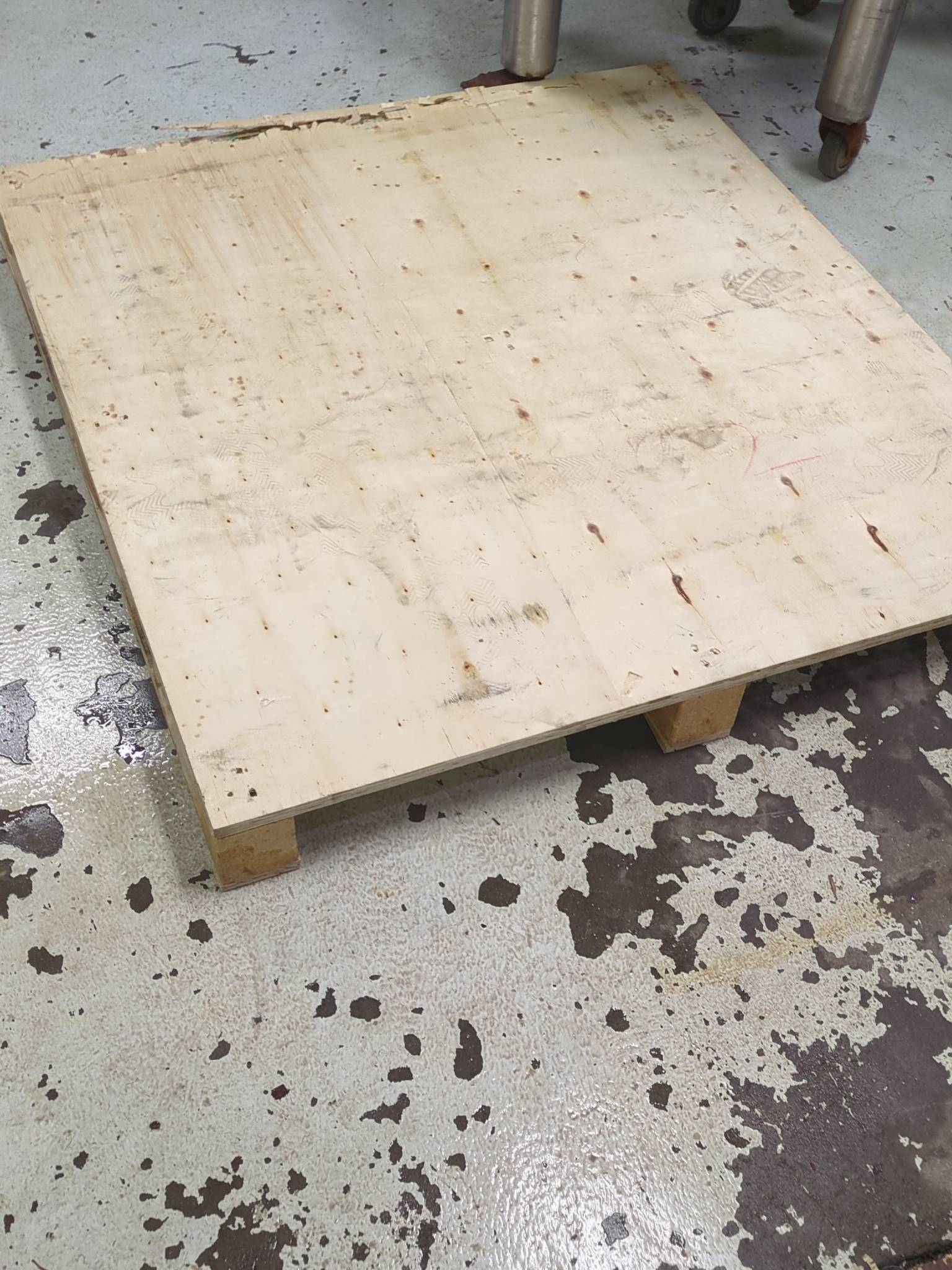I have a few ideas -
- Replace the posts with wooden dowels. That might make it stronger and still cheaper.
- This one is harder to describe. Assume that you have a post of diameter 5mm and length 100mm, and your base is 20mm high. At the post's base make it dia 10mm and height 10mm. Now make a similar negative feature in your base ⌀5x10, ⌀10x10. To assemble, insert the post from the bottom of the base. This way you'll get a lot more support.
- You can make the idea above more 3d printable by using generous chamfers.
- Your current profile is hexagonal, you can still make the collar. Make one of the edges coincident instead of the axis. You'll still be able to print flat. Or if you want a concentric hexagon then cut off the excess collar at the plane of the shorter hexagon.
- You can employ a similar technique for the top but you'll have to get more creative there.
(Edit - I'm sorry, I can't figure out formatting on my app)
